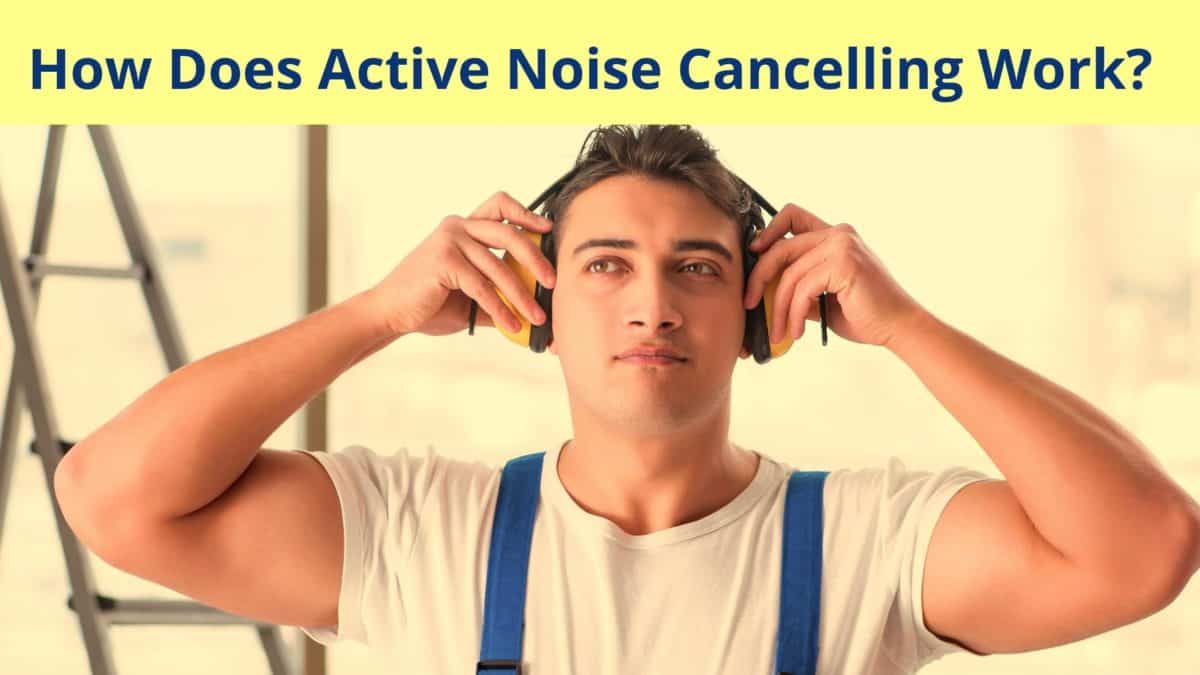0% financing available. Up to 3-year loss and damage guarantee.

How Does Active Noise Cancelling Work?
- Navigating the Conversation: The Significance of Thoughtful Disclosure in Hearing Loss - December 10, 2023
- The Sound of Dreams: Understanding How Hearing Loss Impacts Dreaming - November 7, 2023
- Traveling Effectively with Hearing Aids - October 16, 2023
Have you ever wished you could turn down the noise in your environment? Urban dwellers are particularly interested in reducing the sound of the landscape from time to time, particularly during a commute. Not only can the sound of transportation itself be overwhelmingly loud—reaching up to 100 decibels in some cases of subway travel—but the noise of construction, traffic, and the din of crowds can also be quite frustrating day in and day out.
If you are interested in getting relief from some of these features of urban life, you might have found a solution in active noise cancelling headphones. These devices were designed for airplane pilots who wanted relief from hours of in-flight noise, but they have been extended to serve a wide array of travelers and others.
Let’s take a moment to understand how these devices work as well as the benefits of using them for music, media, and simply to serve as noise relief in the city.
Phase Cancellation in Waveforms
The simple explanation for the function of active noise cancellation is that a microphone in the headphones picks up on the sound of the environment, particularly low frequencies. A specialized speaker in the headphones produces a tone that effectively cancels out your experience of that sound. In more technical terms, this remarkable innovation works through phase cancellation of those waveforms.
Sound comes to us in waves of pressure: compression and rarefaction of air particles. When a soundwave pushes those air particles toward our ears, that pulse is followed by a relatively emptier space following the compressed air. Phase cancellation turns that process precisely on its head. By producing a sound that is exactly 180 degrees opposite the noise, that wave is effectively reduced to zero.
When played at the same time, those two waves sound like nothing at all, a steady stream of air particles without particular waves of pressure. Your headphones pick up on the noise from the city and produce a tone that is exactly opposite that sound, providing you with the sensation that there is no sound at all.
How to Take Advantage of Active Noise Cancellation
If you like to listen to music, media, or other audio in a noisy place, these devices might be just the right thing for you. By cancelling out the noise from the world through phase cancellation, these headphones make it possible to hear your music much more clearly. In fact, you might even find that you can turn down the volume beneath where you might have placed it otherwise.
People in noisy places, particularly commuters, have the bad habit of turning up the sound in headphones to compete with the sound in the environment. By doing so, they can reach dangerously loud volumes. The combination of a noisy city and even louder music can have permanent effects on your hearing. For this reason, younger people are demonstrating higher rates of hearing loss than the generations who have gone before. The increase in leisure noise through earbuds, headphones, concerts, sporting events, and other voluntary activities is contributing to new populations with hearing loss at younger ages than ever.
Active noise cancellation is not only good for those who want to hear music on their commutes without damaging their hearing. This technology makes it possible to turn down the sound in the city in a way that many people find soothing and pleasant. Without any music or media coming through the headphones, you can still turn on the noise cancellation feature to get that effect of turning down the volume on the city streets or on your mode of transportation.
Many people enjoy the peace of mind provided by this technology, so consider investing in a good pair of active noise cancelling headphones if you are interested in getting relief from the city noise. These devices don’t turn down all the volume, particularly in mid- to high-frequency ranges or for very loud sounds. Yet, for the constant din of noise that follows you along your path through cities and in transportation, these devices can provide the relief you need.
Remember, if used at too high a volume, these headphones can still cause damage to your hearing, so be careful not to turn up the volume to a dangerous level. If it’s been awhile since your last hearing test, contact us today!
